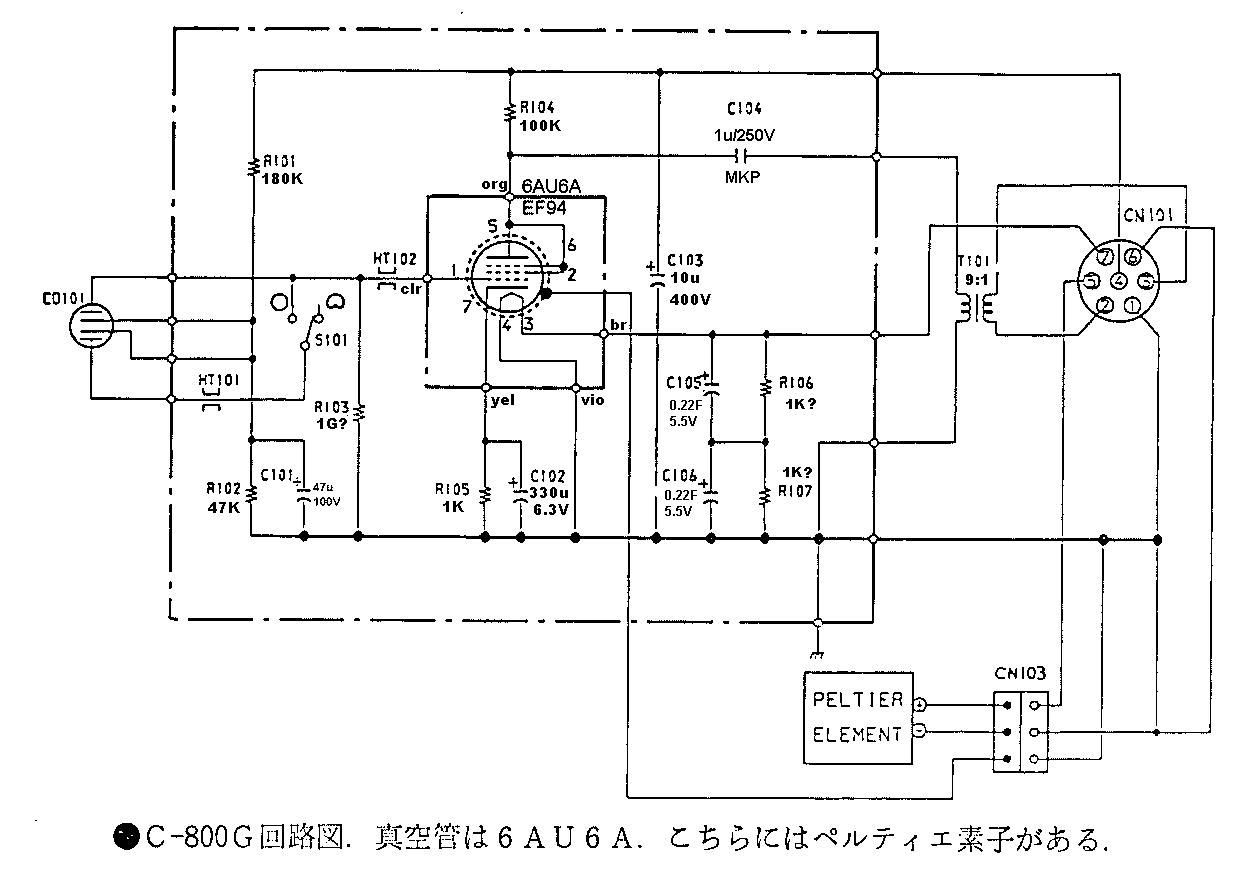northsiderap
Well-known member
First of all - Take it easy on me. This is just a hobby for now.. I have done some work on tube amps tho.
I have a few old capsules, power supplies, and tubes laying around and I thought this would be a fun project. The victim will probably be an Oktava MK-219 capsule in a handmade body.
I have available either a 12AU7 or 6AU6. The schemo is what I have read and understand so far about tube amps -
I cathode biased to @ -3V. This preamp should amplify up to 1V... I have the plate running at @135V and 8mA.
I have a stock of transformers to use - probably try to get that 10k load from a transformer.
I noticed that this mic from www.gyraf.dk looked pretty much like a basic tube stage, so I am eager to try it out... It looks like a global feedback from the OP Xformer. Something I don't know how to calculate for yet.
http://www.gyraf.dk/schematics/221bschem1.gif
Anyway, here is my schematic. The capsule polarizing resistor is just a guess until I capacitance test the capsule I'm going to use. Could the capsule polarization be a voltage divider without ill effects?
Also, will this be enough output? I simulated a @7mV output for a 1mV capsule input -before a OP Xformer step-down. I also drew a schemo with an FET before the tube stage if I need extra gain.

I have a few old capsules, power supplies, and tubes laying around and I thought this would be a fun project. The victim will probably be an Oktava MK-219 capsule in a handmade body.
I have available either a 12AU7 or 6AU6. The schemo is what I have read and understand so far about tube amps -
I cathode biased to @ -3V. This preamp should amplify up to 1V... I have the plate running at @135V and 8mA.
I have a stock of transformers to use - probably try to get that 10k load from a transformer.
I noticed that this mic from www.gyraf.dk looked pretty much like a basic tube stage, so I am eager to try it out... It looks like a global feedback from the OP Xformer. Something I don't know how to calculate for yet.
http://www.gyraf.dk/schematics/221bschem1.gif
Anyway, here is my schematic. The capsule polarizing resistor is just a guess until I capacitance test the capsule I'm going to use. Could the capsule polarization be a voltage divider without ill effects?
Also, will this be enough output? I simulated a @7mV output for a 1mV capsule input -before a OP Xformer step-down. I also drew a schemo with an FET before the tube stage if I need extra gain.







